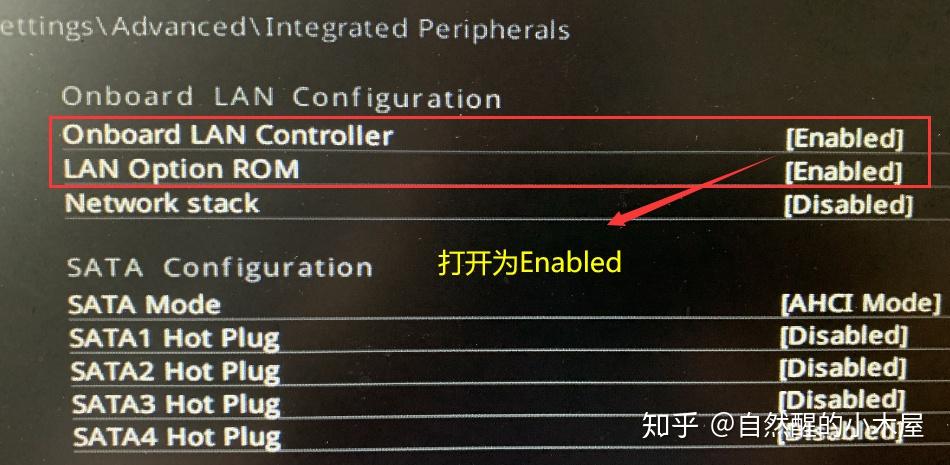
With the default setting being 3 seconds.Īny versions after the first fix also keep this NTP rate-limiting change. Once CSCum44673 is integrated (you can see that via the fixed field in Bug Search Toolkit), your device has access to the configuration command: All versions prior to the fix of CSCum44673 are subject to contributing to amplification attacks via mode 6 packets.

Prior to the fixed software in CSCum44673 Cisco IOS Software doesnât perform rate limiting on Mode 6 packets. Processing of Mode 7 messages is already disabled through the fix for CSCtd75033.Ĭisco IOS, and Cisco IOS-XE Software devices configured as NTP servers or clients are only affected by a very limited amplification attack coming from processing Mode 6 requests.Ĭisco IOS, and Cisco IOS-XE Software are not processing Mode 7 command requests from clients starting with the fix that got into CSCtd75033. In order to elicit significantly big response and exploit this vulnerability, an attacker would have to send a huge number of mode 6 messages to a large number of servers or clients An exploit could allow the attacker to cause a Denial of Service (DoS) condition where the affected NTP server isįorced to process and respond with larger response data. Requests to NTP servers and clients and observing responses amplified up to 40 times in size. An attacker could exploit this vulnerability by sending Mode 6 control The vulnerability is due to processing of MODE_CONTROL (Mode 6) NTP control messages which have a certain amplification vector.

Limited Mode 6 denial-of-service vulnerability on NTP server and clientĪ vulnerability in Network Time Protocol (NTP) package of Cisco IOS and Cisco IOS-XE Software could allow an unauthenticated, remote attacker toĬause a limited Denial of Service (DoS) condition on an affected device.


 0 kommentar(er)
0 kommentar(er)
